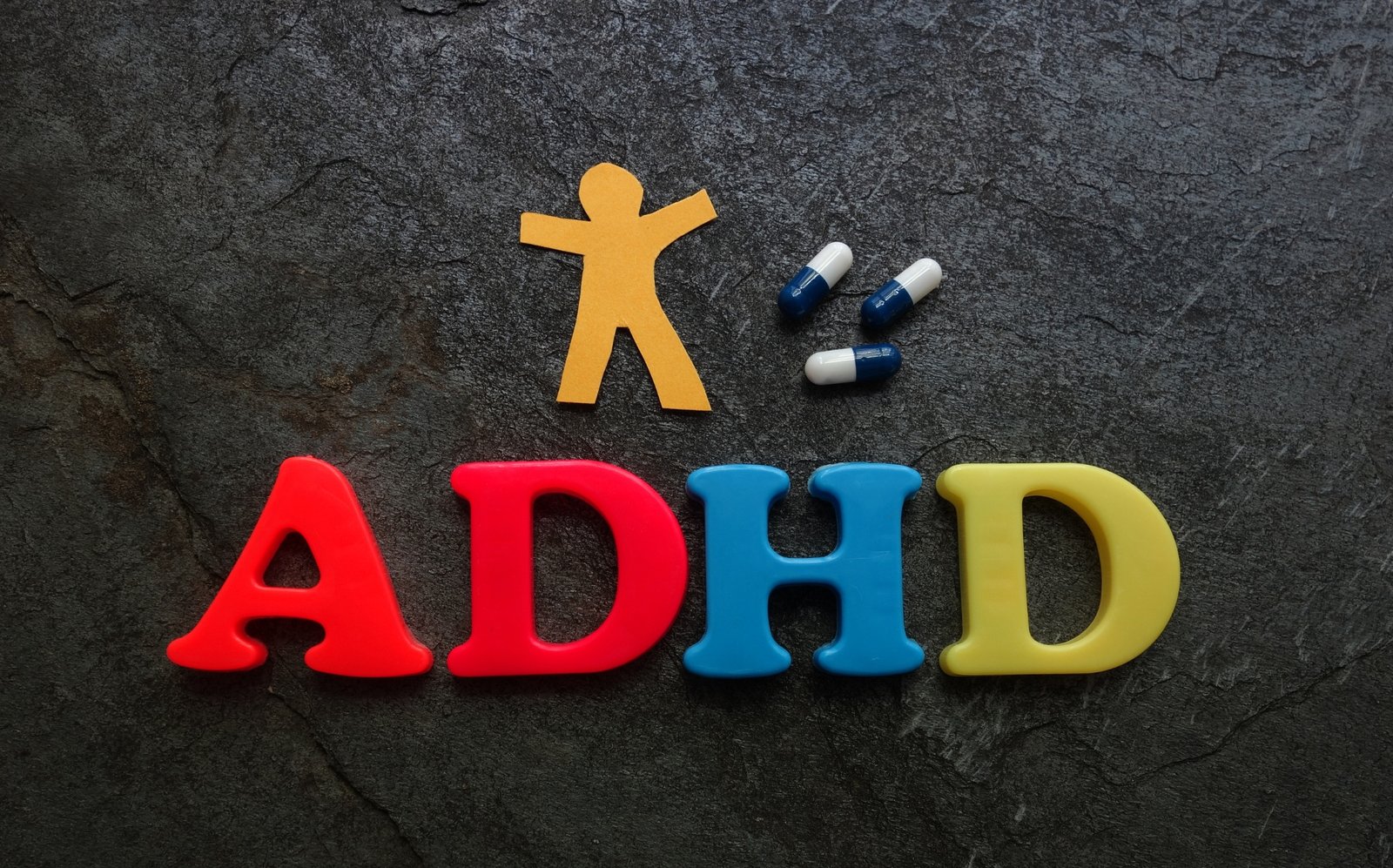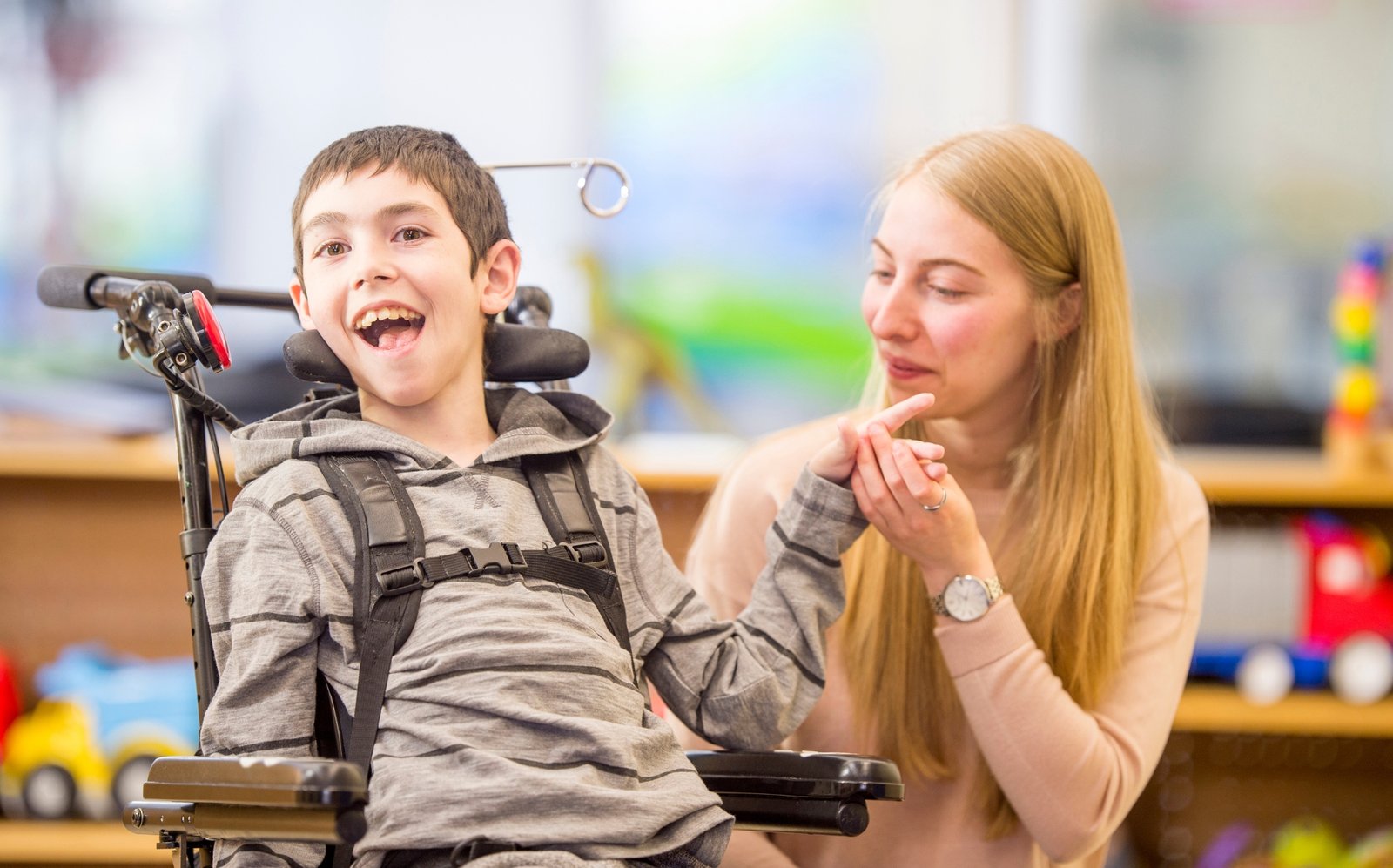
Navigating Sensory Overload: Tips for Individuals with ADHD
Navigating sensory overload can be a significant challenge for individuals with Attention Deficit Hyperactivity Disorder (ADHD). Sensory overload occurs when the brain is bombarded with more sensory stimuli than it can effectively process, leading to feelings of overwhelm, stress, and even physical discomfort. For individuals with ADHD, who often already struggle with attention regulation and impulse control, sensory overload can exacerbate these difficulties. However, there are several strategies that can help individuals with ADHD manage sensory overload and regain a sense of control and calm.
One effective approach is to create a sensory-friendly environment. This involves identifying the specific sensory triggers that tend to overwhelm an individual and modifying their surroundings accordingly. For instance, if certain types of lighting or background noise are particularly distressing, using soft, adjustable lighting or noise-canceling headphones can provide relief. Additionally, minimizing clutter and maintaining an organized space can reduce visual and tactile sensory input, helping to create a more calming atmosphere.
Another key strategy is the use of sensory breaks. These breaks involve stepping away from overwhelming stimuli to engage in activities that provide sensory comfort. Deep breathing exercises, progressive muscle relaxation, or even taking a short walk outdoors can help reset the nervous system and alleviate the effects of sensory overload. Incorporating regular sensory breaks into daily routines can promote emotional regulation and prevent feelings of sensory overwhelm from becoming unmanageable.
Incorporating mindfulness techniques can also be beneficial for managing sensory overload. Mindfulness involves cultivating awareness of the present moment without judgment. This practice can help individuals with ADHD become more attuned to their sensory experiences and better able to recognize the early signs of overload. By developing this self-awareness, individuals can implement coping strategies before the situation becomes overwhelming. Mindfulness can also promote better impulse control and attention regulation, making it a valuable tool in managing sensory overload.
Time management and organization strategies are crucial in preventing sensory overload. Individuals with ADHD often struggle with transitioning between tasks and managing their time effectively. Breaking tasks into smaller, manageable steps and using visual cues or reminders can help reduce the cognitive load and prevent the accumulation of stress that can lead to sensory overload. Additionally, adhering to a structured routine can provide a sense of predictability, reducing the likelihood of unexpected sensory triggers.
Seeking professional guidance is another important step for individuals with ADHD dealing with sensory overload. Mental health professionals, such as therapists or psychiatrists, can provide tailored strategies and interventions to address sensory overload and its impact on an individual’s well-being. They may recommend cognitive-behavioral therapy (CBT), which can help individuals reframe their thoughts and reactions to sensory stimuli, ultimately reducing the distress associated with overload.
It’s also important for individuals with ADHD to communicate their needs to those around them. Friends, family members, coworkers, and teachers can provide crucial support by understanding and respecting an individual’s sensory sensitivities. Educating those in their social circle about ADHD and sensory overload can foster a more empathetic and accommodating environment.
Sensory overload is a common experience for many individuals, but for those with Attention Deficit Hyperactivity Disorder (ADHD), it can be an even more challenging and overwhelming phenomenon. ADHD is a neurodevelopmental disorder that affects a person’s ability to regulate attention, impulsivity, and hyperactivity. One of the lesser-known aspects of ADHD is how it intersects with sensory processing, making sensory overload a significant concern for many individuals with the condition. Understanding the dynamics of sensory overload and learning effective strategies to navigate it can greatly improve the quality of life for individuals with ADHD.
About ADHD
ADHD is characterized by symptoms such as inattention, impulsivity, and hyperactivity. However, many people are unaware that sensory processing difficulties are also a hallmark of ADHD. Individuals with ADHD often experience heightened sensitivity to sensory stimuli, which can include sights, sounds, textures, and even emotional cues. This heightened sensitivity can lead to sensory overload, where the brain becomes overwhelmed by the sheer volume and intensity of sensory information coming in from the environment.
About Sensory
Sensory overload can trigger various reactions in individuals with ADHD, including increased restlessness, difficulty concentrating, irritability, and even emotional meltdowns. This happens because their brains struggle to filter out irrelevant sensory input, leading to an inability to focus on the task at hand or regulate emotional responses effectively. The cumulative effect of sensory overload can be detrimental to daily functioning and overall well-being.
Recognizing Signs of Sensory Overload
Before addressing sensory overload, it’s important to recognize its signs and symptoms. These can manifest differently in each individual but commonly include:
Physical discomfort: Individuals might experience physical sensations such as headaches, tension, or even pain when exposed to intense sensory stimuli.
Emotional distress: Mood swings, irritability, anxiety, and emotional outbursts can occur when the brain struggles to process sensory input.
Reduced focus and attention: Sensory overload can make it exceptionally challenging to concentrate, complete tasks, or engage in conversations.
Avoidance behaviors: Some individuals might instinctively avoid certain environments or situations to prevent sensory overload, leading to social isolation.
Heightened arousal: An individual’s stress response may become heightened, leading to increased heart rate, shallow breathing, and a sense of unease.
Strategies for Managing Sensory Overload
Managing sensory overload for individuals with ADHD requires a multifaceted approach that combines self-awareness, environmental modifications, and coping strategies. Here are some effective strategies to consider:
Self-awareness: Developing an understanding of one’s sensory triggers is essential. Keep a journal to note situations, environments, and specific stimuli that lead to sensory overload. This can help identify patterns and tailor coping strategies accordingly.
Sensory breaks: Implement regular sensory breaks throughout the day. Engage in activities that provide calming sensory input, such as deep breathing exercises, gentle stretching, or spending time in a quiet, dimly lit space.
Environmental adjustments: Make changes to your immediate surroundings to reduce sensory input. Use noise-canceling headphones, dim the lights, or create a clutter-free workspace to create a more comfortable environment.
Time management: Break tasks into smaller, manageable segments to prevent becoming overwhelmed. Set timers or alarms to remind yourself to take breaks and refocus.
Mindfulness and relaxation techniques: Practicing mindfulness meditation, progressive muscle relaxation, or guided imagery can help regulate sensory input and promote emotional well-being.
Social communication: Communicate your needs to friends, family, and colleagues. Let them know about your sensory sensitivities and how they can support you in managing them.
Utilize fidget tools: Fidget toys or tools like stress balls can provide a constructive outlet for excess energy and help manage sensory input.
Structured routines: Establish consistent daily routines that provide a sense of predictability. Knowing what to expect can reduce anxiety and help in preparing for potentially overwhelming situations.
Healthy lifestyle choices: Regular exercise, proper nutrition, and adequate sleep contribute to overall well-being and can help regulate sensory sensitivities.
Professional support: Consult a healthcare professional, therapist, or occupational therapist who specializes in ADHD and sensory processing difficulties. They can provide personalized strategies and interventions tailored to your needs.
Conclusion
In conclusion, navigating sensory overload can be particularly challenging for individuals with ADHD due to their existing struggles with attention regulation and impulse control. However, through a combination of strategies such as creating a sensory-friendly environment, taking sensory breaks, practicing mindfulness, managing time effectively, seeking professional help, and communicating their needs to others, individuals with ADHD can develop effective ways to manage and mitigate the effects of sensory overload. By implementing these strategies, individuals can regain a sense of control, reduce stress, and enhance their overall well-being.



